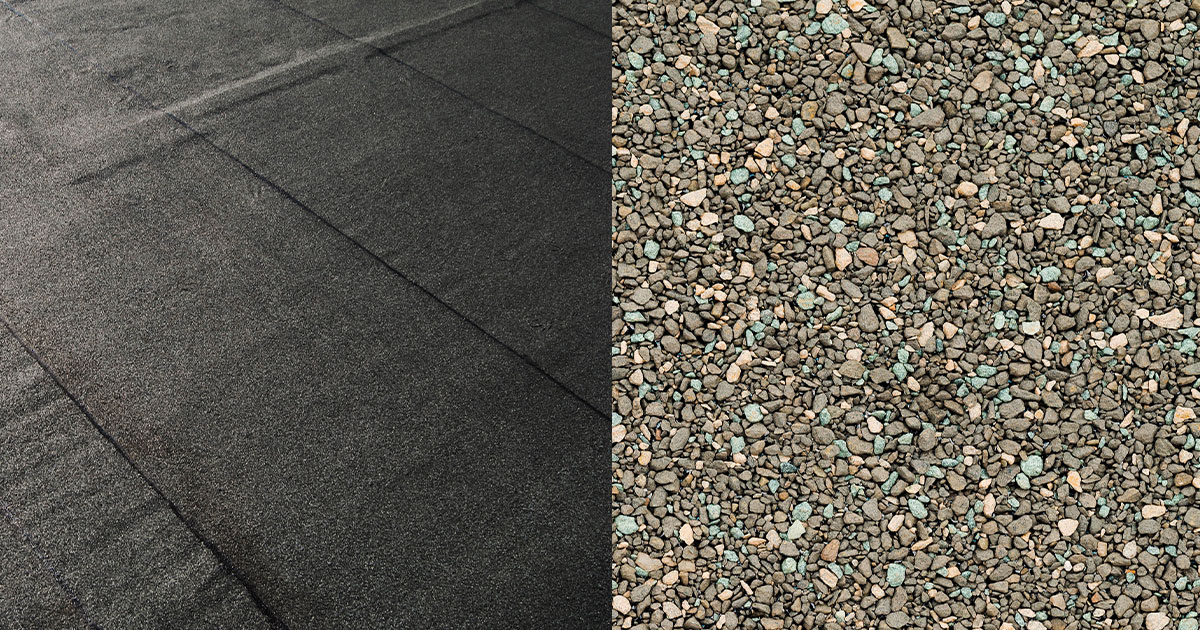Preparation and application of hot asphalt is one of the most dangerous aspects of commercial roofing.
Hot asphalt roofing safety.
Health effects from exposure to asphalt fumes can include headache skin rash sensitization fatigue reduced appetite throat and eye irritation and cough.
Hot asphalt is the most dangerous material roofing mechanics have to work with.
Millions of tons of asphalt are produced and used every year in the paving and roofing industries.
It is made from petroleum products and is usually heated between 150 200 degrees f.
Asphalt worker safety asphalt is used for paving and surfacing roads roofing concrete work and paints.
Health effects from exposure to asphalt fumes include headache skin rash sensitization fatigue reduced appetite throat and eye irritation cough and skin cancer.
Over a half million workers are exposed to fumes from asphalt.
California roofing codes establish a list of rules that all builders and contractors must adhere to in order to ensure safe building practices within the state.
It accounts for more serious injuries than any other risk except for falls in the roofing profession.
Will it be necessary to place the kettle on the roof.
Asphalt is often mixed with solvents diesel kerosene naphtha toluene and xylene binders hardening and bonding agents resins crushed rock sand and recycled rubber.
Asphalt and pitch roofing involves the use of hot chemicals that add an additional layer of complexity and hazard to a roofing job.
Nrca safety manual.
Asphalt fume exposures during the application of hot asphalt to roofs does a good job describing the process of installing an asphalt built up roof and discusses the potential effects and mitigation of exposure to the fumes.
Kettles and tankers checklist.
Make sure to get training on general roofing hazards and working at heights.
Over a half million workers are exposed to fumes from asphalt a petroleum product used extensively in road paving roofing siding and concrete work 1.
Can hot asphalt be pumped to the roof.
Health hazards fumes from asphalt can cause irritation of the eyes and mucous membranes of the nose and throat.
California roofing laws cover everything from licensure of the roofing company to the types of shingles that must be used to the slope of the roof.
Safety hazards among the most serious hazards facing a roofing crew is the risk of getting burned by hot asphalt.
In addition specialized training in asphalt and tar handling procedures can prevent fires burns and potential overexposure to airborne contaminants.

